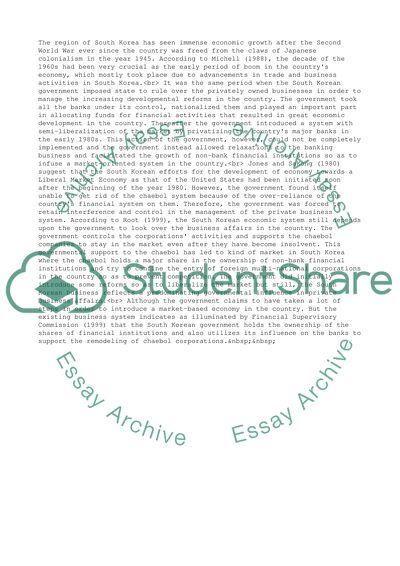Cite this document
(“Comparative Management Essay Example | Topics and Well Written Essays - 1500 words”, n.d.)
Comparative Management Essay Example | Topics and Well Written Essays - 1500 words. Retrieved from https://studentshare.org/business/1511470-comparative-management
Comparative Management Essay Example | Topics and Well Written Essays - 1500 words. Retrieved from https://studentshare.org/business/1511470-comparative-management
(Comparative Management Essay Example | Topics and Well Written Essays - 1500 Words)
Comparative Management Essay Example | Topics and Well Written Essays - 1500 Words. https://studentshare.org/business/1511470-comparative-management.
Comparative Management Essay Example | Topics and Well Written Essays - 1500 Words. https://studentshare.org/business/1511470-comparative-management.
“Comparative Management Essay Example | Topics and Well Written Essays - 1500 Words”, n.d. https://studentshare.org/business/1511470-comparative-management.


